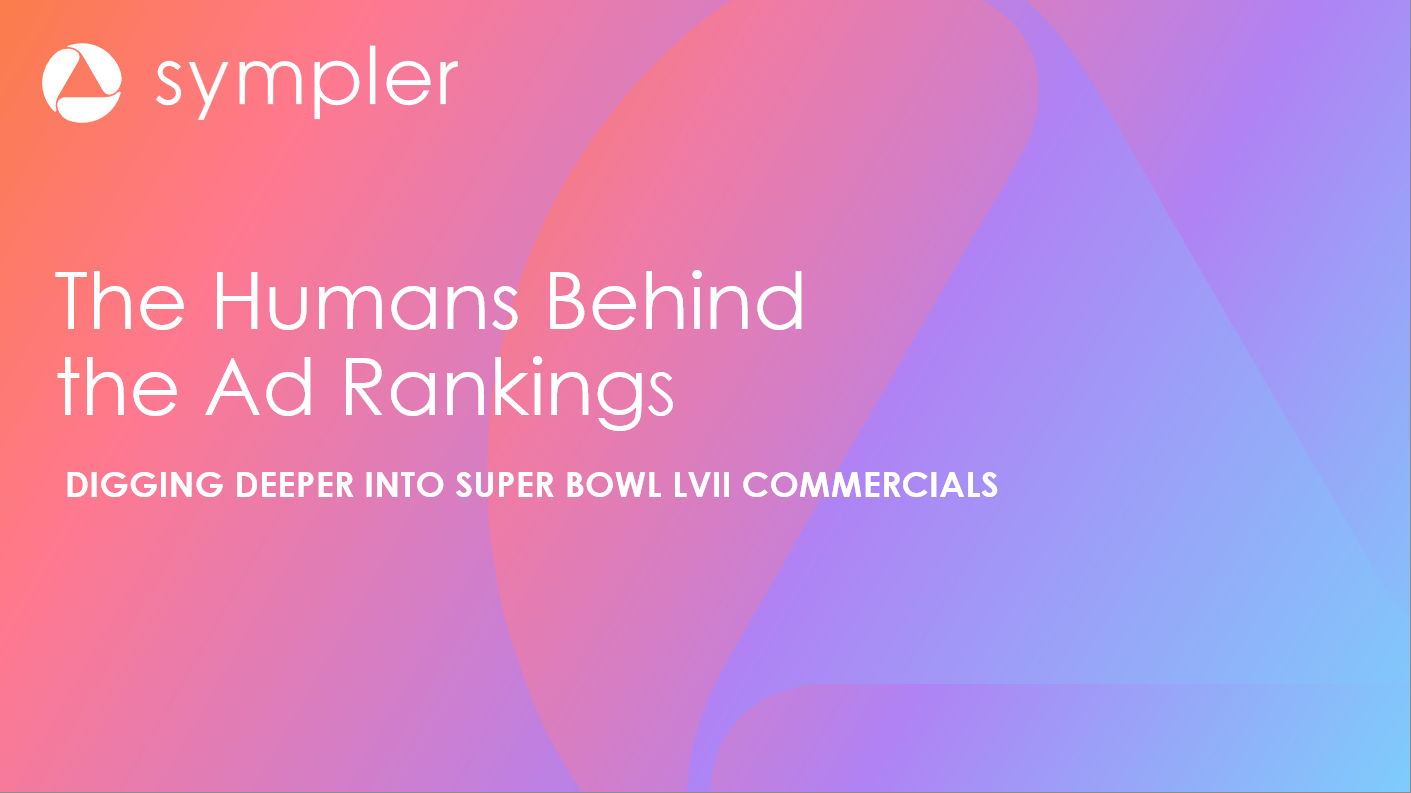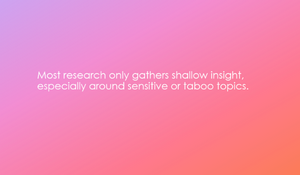What Do the Feudal System and Your Creative Testing Have in Common?
Back in the late nineteen eighties, I was a young engineer working on guidance systems for Trident missiles and decided it was time to make a career change. So I moved from focusing on “killing a commie for mommie” to “making a profit for old Ma Bell.” It was here that I was first introduced to creative testing (and for that matter market research) while working on a newly launched credit card.
I remember sitting in meetings and being too young, or too stupid, to realize that I shouldn’t have a speaking part. I remember asking such questions as, “How do we know this concept will resonate with our target consumer?” to which they answered, “We gather 8 people in a room and ask them for their input - and then we repeat that 4 more times.” Looking around the room of 20-plus people I thought to myself, “That’s about the size of what we have sitting right here.”
They went on to explain, “Next, we conduct A and B testing among a larger audience and ask which one was better overall, including scores of key attributes.” And I thought to myself “What if the correct answer isn’t A or B? And what if those are the wrong attributes?”
I couldn’t help but ask what the larger audience told us about why they did or did not like A or B. And what would they have liked? I then received a lecture about qualitative vs quantitative research and that this was how things were done.
On the way out one of the “older” folks (probably about ten years younger than me today) told me I should read some book written by an expert to help me better understand advertising and marketing. So I did. A particular statement about people buying holes and not drills stuck with me.
As I reflect on this quote some thirty years later, having now designed and executed thousands of creative tests both custom and syndicated, and owning over 8 drills; I have confirmed my original thought: that many people buy drills and not holes, and those that buy drills spend a heck of a lot more money and are more brand faithful than those that buy holes.
To be fair, at that time, research was much more costly and time-consuming. Data analytics, database marketing, and the ability to target consumers were extremely limited, mostly via magazine and print or the more costly direct mail that deluged us all (one could actually buy a device that bundled your direct mail into a log to be burned in your fireplace). TV and radio were costly, had limited ad inventory, and offered limited targeting.
The challenges of time-to-market, budget, and limited targeting ability forced marketers to target the 80% that bought holes and address the 20% that bought drills as an afterthought.
Today, there has been a renaissance in marketing like no other time before us. The new digital age enables us to target people right at the point of a purchase decision, online or via mobile. Neighbors can be served up different creatives while watching similar content. When buying a drill, consumers no longer have to rely on the limited information from a salesman, neighbor, or that old guy sitting on his porch eating an apple off his pocket knife. They have access to thousands of reviews, can be served up marketing materials in video, audio, and print formats, and have access to just about every brand at a push of a button.
So now I no longer wonder about the age-old question of “Which do consumers buy: holes or drills?”, as I know the correct answer is “yes”. Instead, I ponder, why, in a marketing ecosystem that is unrecognizable from 30 years ago, marketers still test their concepts and develop their creatives using the same methods and techniques as they did when less than 1% of the US population had access to the Internet.
If your creative testing and market research is still in the middle ages ie the 1990s, it is time you joined the renaissance of 2023.
At Sympler, our renaissance comes from our proprietary platform built around a conversational technology ecosystem that allows us to speak with hundreds of consumers overnight - and not just ask A or B, but why that is their preference, and what changes they would like to see to make A or B more attractive?
In this rapidly evolving world we do not assume we know all the attributes to measure against, nor do we find validity in comparisons to historical norms from a time when work from home was synonymous with “Amway salesman.” Instead, we deliver insights into how humans are thinking, behaving, and reacting in real-time, uncovering what is really needed: the Whats? The Whys? And the What's Next?



